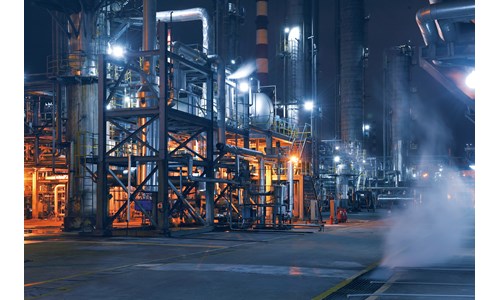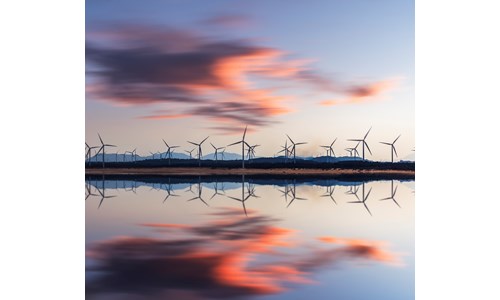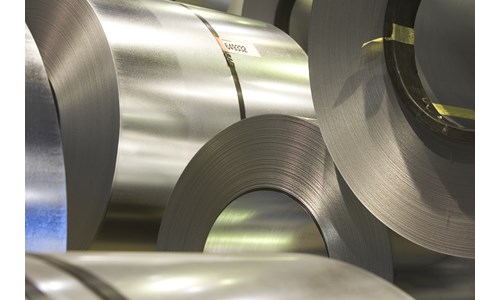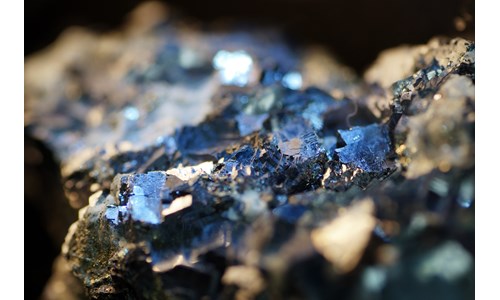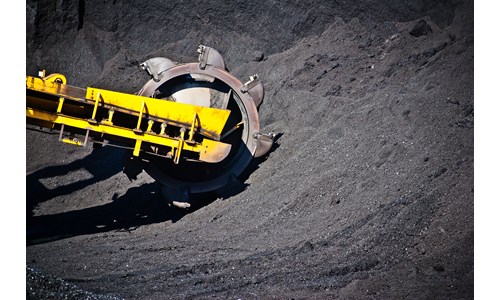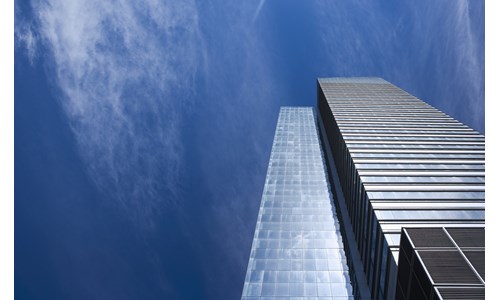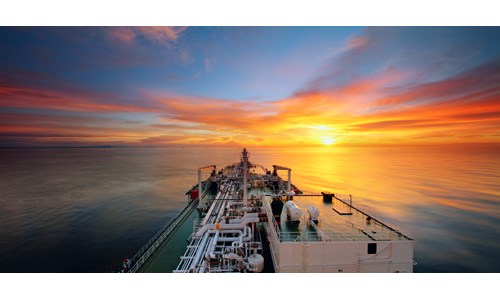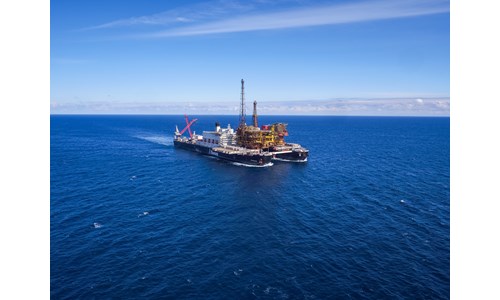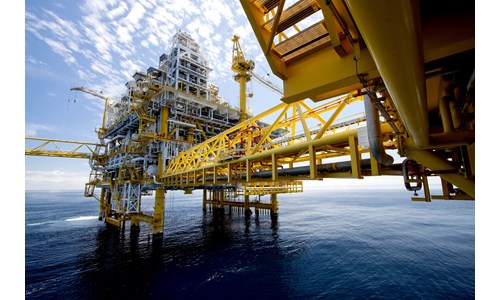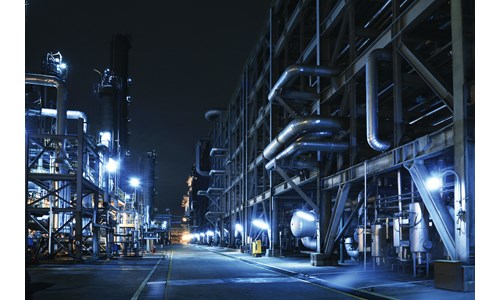The EU’s carbon border tax: aluminium trade at risk, steel sheltered
*Please note that this report only includes an Excel data file if this is indicated in "What's included" below
Report summary
Table of contents
-
Executive summary
- Aluminium trade disrupted, but no change for steel trade
- A CBAM will bring higher prices and help to reduce domestic carbon emissions, but an EU CBAM alone will not lower global emissions
-
The CBAM
- CBAM to marry EU’s trade and climate objectives
- Levelling the playing field
- Making the CBAM WTO compliant
- CBAM faces resistance from key trade partners
- Logistical nightmare with many potential issues
- CBAM to cover scope 1 and 2 (probably not scope 3) emissions
-
The Metals
- Steel and aluminium: metals’ top two carbon emitters globally
- Why is aluminium carbon intensive?
- Why is steel carbon intensive?
- How is the EU positioned on these commodities?
- Steel has been subject to the EU ETS for over a decade – has it worked?
- The aluminium industry has been excluded from the first three phases of the EU ETS
- The CBAM could disrupt aluminium trade flows
- but may not impact steel trade
- 2 more item(s)...
-
The forecast
- How will the CBAM affect aluminium and steel?
- A CBAM will bring higher prices and help to reduce domestic carbon emissions
- but an EU CBAM alone will not lower global emissions
Tables and charts
This report includes the following images and tables:
- Aluminium and steel proportion of global total emissions 2020
- Aluminium and steel proportion of global total emissions 2020 (tonne CO2e/tonne product)
- How have EU steelmakers escaped the ETS?
- Emission intensities for EU and all other countries that send aluminium products to the EU
- EU hot-rolled coil imports, emissions and margins
- 2020 scope 2 proportion of emissions by product
- 2019 import value by product
What's included
This report contains:






